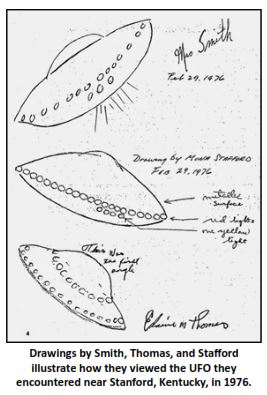On Friday, 10 May 2024, Pramul Kongkratok, a villager residing near Khao Krachiao mountain, Buri Ram province in central Thailand, shared a photo of a mysterious stone sculpture he stumbled upon near the Dong Yai Wildlife Sanctuary on social media (Facebook).
The photo depicted an ancient carving of a woman holding a tree branch above her head. Pramul captioned it: “Went mushroom hunting and found this. I’ve lived here for so long, but just learned we have this around here. It’s a blessing.”
The mysterious stone sculpture found on Khao Krachiao mountain, Buri Ram
(Image source: Facebook post)
The sanctuary, part of a network of four parks forming a wildlife corridor, was established to protect tigers moving across the region.
Buri Ram province, where the sculpture was found, is renowned for its archaeological sites and historical ties to the Khmer Kingdom, dating back to the 6th century C.E.
Upon returning to town, villagers reported the carving to local officials. On May 13, researchers visited the park to examine the discovery, as confirmed by official reports.
The finding sparked online debate regarding the carving’s origins and prompted an investigation by Thailand’s Department of National Parks, Wildlife, and Plant Conservation.
Some experts speculate that the carving might represent Maya Devi, the mother of the Buddha, potentially dating back to the 6th century C.E. However, Chedha Tingsanchali, an art history professor from the Faculty of Archaeology at Silpakorn University, expressed skepticism about its age.
“The features don’t match those of the Dvaravati period, such as the eyebrows, lips, and other characteristics. Additionally, the depiction of Maya Devi holding a branch of a pipal tree was unknown in Esaan during the Dvaravati period before the 16th century,” Tingsanchali told The Nation.
The Facebook post also attracted the attention of the Royal Forest Department, which dispatched officials to investigate. Accompanying the officials were Pramul and local village health volunteers. Park officials plan to explore the surrounding areas for more clues, but for now, the carving remains a mystery.
Orathai Jaiuea, one of the volunteers, mentioned to The Nation that the area where the sculpture was found is popular among mushroom foragers from neighboring villages.
She recounted that while Pramul and his wife were collecting mushrooms, Noi Sirisoi, who was with them, discovered the sculpture.
The family resides in Ban Klong Pong village in the Lam Nang Rong sub-district.
Villagers Winai Wongsaenkham and Panchalika Wongsaenkham suggested that the sculpture might have been created by a monk from the Khao Krachiao temple, located about one kilometer from the discovery site, possibly around 30-50 years ago.
References:










Please don't put your website link in Comment section. This is for discussion article related only. Thank you :)